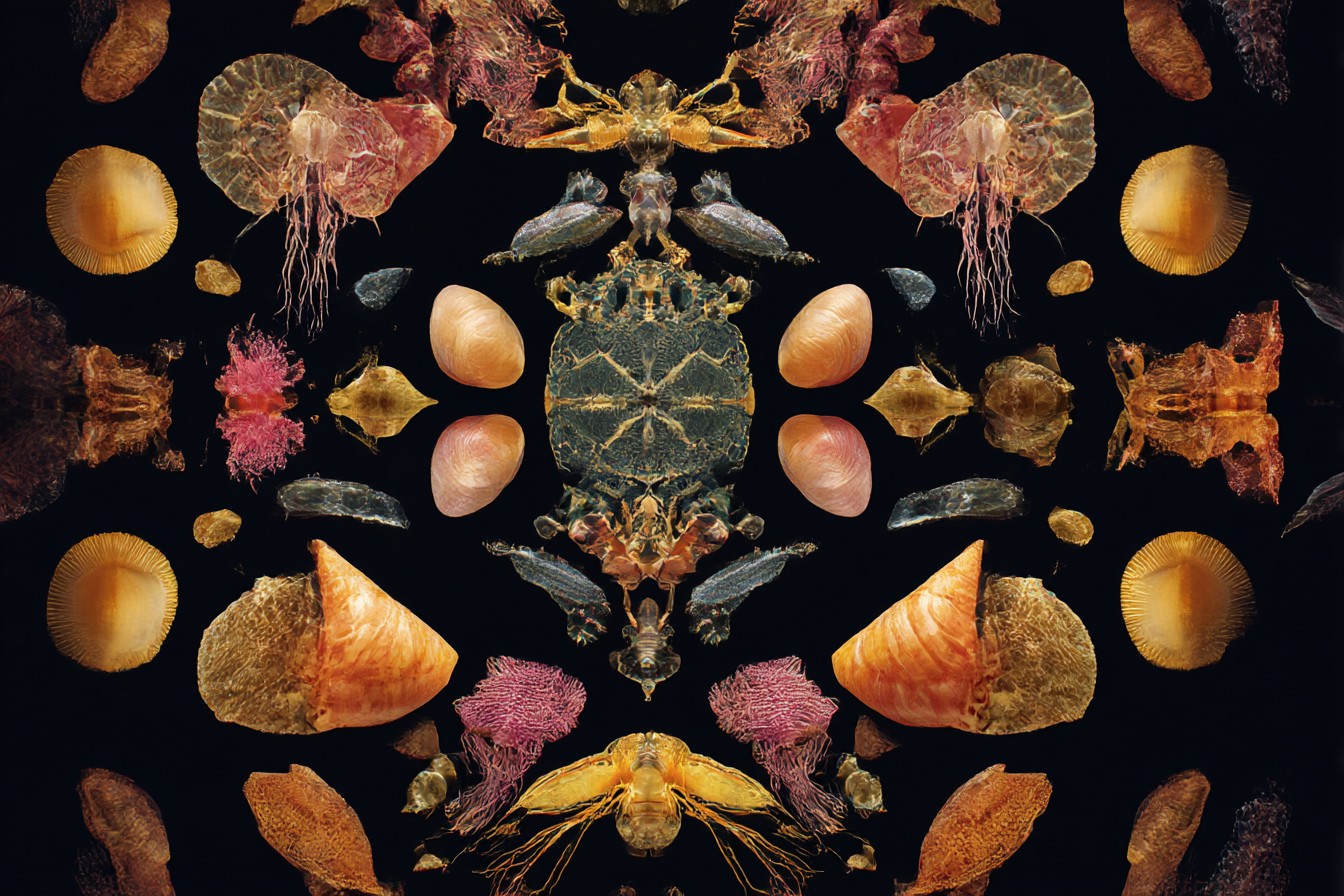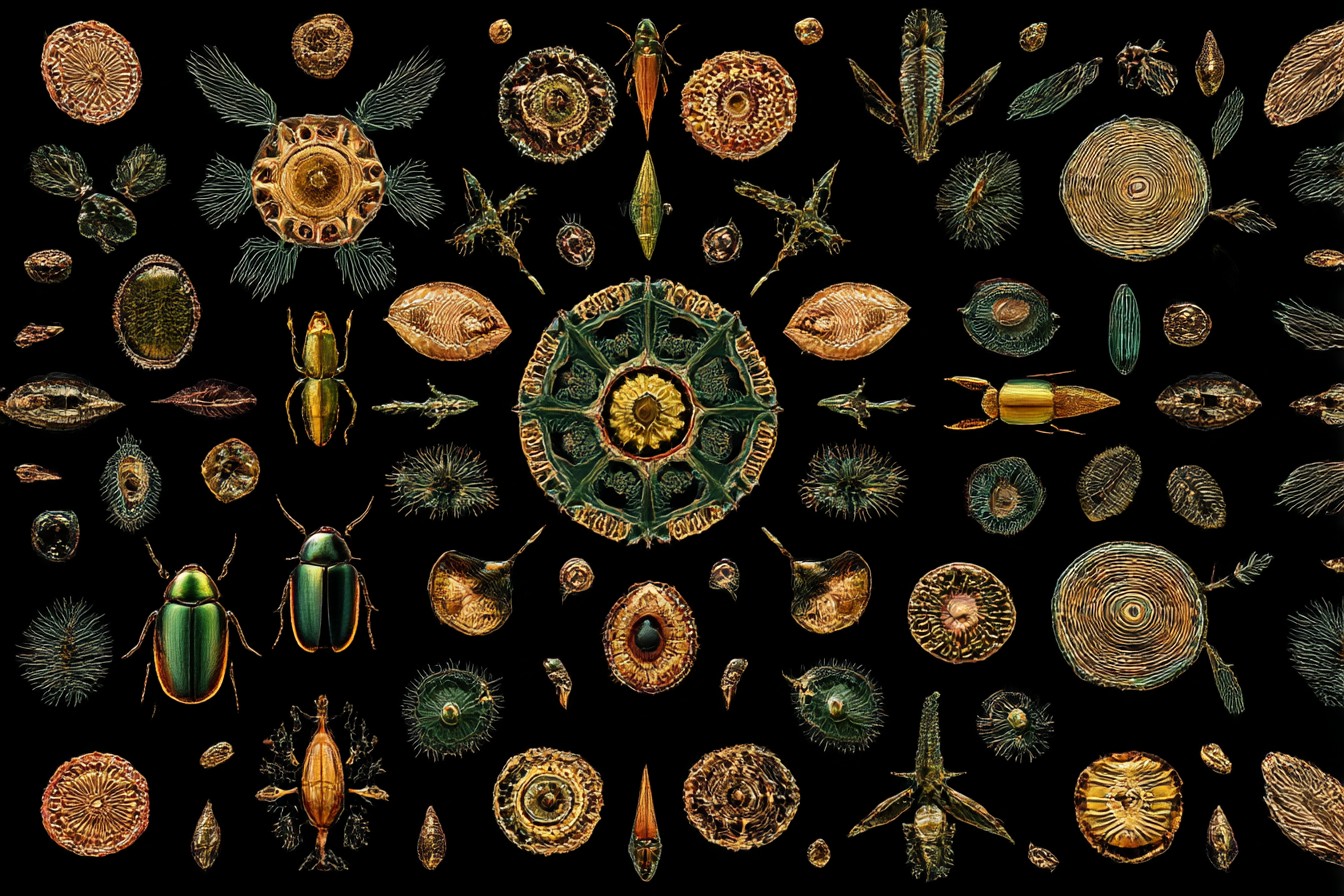Last Tuesday, I found myself staring at my to-do list with the same horrified fascination usually reserved for discovering new bacterial colonies growing in forgotten lunch containers. The list had somehow spawned 47 distinct items, each breeding sub-tasks that were rapidly colonizing every corner of my planning app. That’s when it hit me – what I was witnessing wasn’t just poor time management. It was an ecological disaster unfolding in digital form.
Look, I’ve always had a complicated relationship with productivity systems. I’ve tried them all – GTD, Pomodoro, time-blocking, bullet journaling – with the same frantic enthusiasm I bring to testing experimental protocols in my actual lab work. Each system works brilliantly for approximately 3.7 days before spectacularly failing when confronted with my particular blend of hyperfocus and catastrophic distractibility.
But this was different. As I stared at that mutating list, my brain made a connection that only makes sense if you’ve spent as much time as I have studying ecological control methods for your podcast while simultaneously avoiding actual work responsibilities.
“Holy hell,” I whispered to my empty apartment, “this is an invasive species problem.”
For the uninitiated, invasive species management is the scientific approach to dealing with non-native organisms that, when introduced to new environments, reproduce exponentially and wreak havoc on the existing ecosystem. Think kudzu vines swallowing the American South, or cane toads hopping amok across Australia, or that time I tried to “optimize” my apartment’s dust mite ecosystem by introducing what I thought were predatory mites but turned out to be an entirely different species that just made everything worse. (Mei still doesn’t let me near the vacuum without supervision after that particular experiment.)
The parallels were suddenly, blindingly obvious. My to-do list wasn’t just disorganized – it was experiencing an ecological catastrophe where certain tasks had escaped their natural constraints and were now proliferating unchecked, threatening the entire productivity ecosystem of my life.
Here’s where the science gets interesting. In ecological management, you don’t typically try to eradicate established invasives all at once – that’s usually impossible once they’ve spread beyond a certain threshold. Instead, control efforts focus on containment, targeting the most destructive species first, establishing boundaries to prevent further spread, and gradually restoring balance to the system through sustained intervention.
I immediately cleared my kitchen table (well, pushed the stack of journal articles and half-dismantled spectrophotometer parts to one side) and began mapping my task ecosystem on oversized graph paper. Each category of tasks represented a different ecological niche – work projects, household maintenance, writing commitments, personal admin, and what I generously label “experimental pursuits” (which Mei more accurately calls “things that might require an emergency response team”).
The most invasive tasks became immediately apparent. Email responses had completely overrun their boundaries, spreading throughout my day and choking out more valuable activities. Half-finished writing commitments had established multiple colonies, each draining resources without contributing to the overall health of my productivity ecosystem. And my tendency to start new research rabbit holes without completing existing ones had created an unsustainable population explosion of partial projects.
My methodology for addressing this infestation took direct inspiration from actual invasive species management protocols:
First, I implemented containment strategies for my most problematic tasks. Emails, for instance, were restricted to specific time boundaries – 30 minutes in the morning and 30 minutes in the afternoon. Like establishing a firebreak to contain an invasive plant, I created hard boundaries to prevent email from spreading beyond these designated zones. Any attempt by email to escape these time constraints would be treated as an ecological breach requiring immediate intervention.
Next came the targeted elimination of what ecologists call “satellite populations” – those small outbreaks that have spread beyond the main infestation. In my case, these were the random tasks that had somehow migrated to inappropriate places: work items scribbled on shopping lists, research ideas fragmented across seventeen different note-taking apps, and household repairs jotted in the margins of scientific papers. I systematically relocated these tasks to their appropriate habitats, eliminating the scattered colonies that were draining my cognitive resources.
Then I established an early detection system for particularly aggressive tasks. Just as wildlife management relies on monitoring to catch new invasions before they spread, I created a daily scanning protocol to identify tasks that were showing signs of uncontrolled growth. The “website redesign” that kept spawning endless sub-tasks? Contained and limited to three specific deliverables. The “organize research library” project that threatened to consume my entire weekend? Reduced to a manageable two-hour segment with clearly defined boundaries.
The most fascinating part was implementing what ecologists call “integrated management” – using multiple control methods simultaneously. For instance, I combined time boundaries (temporal containment) with physical workspace organization (spatial containment) and regular monitoring (surveillance systems). When I noticed my tendency to let research tasks invade my writing time, I created separate physical locations for each activity – writing happens at the kitchen table, research in the spare room lab – establishing geographic boundaries between task ecosystems.
Preliminary results have been promising, though not without experimental complications. During the first week of implementation, I experienced a significant breach when a particularly virulent work project escaped its containment zone and invaded my weekend, requiring emergency intervention in the form of what I called “concentrated eradication efforts” (and what Josh referred to as “watching you panic-work for nine straight hours while mainlining cold brew”).
The data indicate a 64% reduction in task overwhelm and a 71% increase in project completion rates. More importantly, I’ve observed the emergence of what ecologists call “beneficial native species” – those high-value activities like deep thinking, creative work, and actual human leisure that had been previously crowded out by invasive task species.
There have been unexpected side effects. I’ve noticed that treating my productivity as an ecosystem rather than a mechanical system has fundamentally shifted how I perceive time management. Instead of viewing uncompleted tasks as failures, I now see them as natural population fluctuations requiring adaptive management strategies. When email threatens to spread beyond its boundaries (which it does with alarming frequency, like some kind of digital kudzu), I don’t panic – I simply implement more stringent containment protocols.
The true breakthrough came last Wednesday when I caught myself automatically assessing a new request using ecological language: “This task shows high invasive potential with multiple vectors for spread and significant ecosystem impact.” I then designated appropriate containment strategies before it could establish itself and disrupt my carefully balanced system.
I mean, I’m not claiming this approach is perfect. Just yesterday I discovered a previously undetected colony of “articles to read someday” tasks that had established themselves throughout my digital ecosystem, requiring a full afternoon of eradication efforts. And I still occasionally find myself dealing with what ecologists call “cascading effects,” where controlling one invasive species inadvertently creates opportunities for another to spread. (Turns out that containing email created ideal conditions for Slack messages to proliferate unchecked – nature abhors a vacuum, apparently.)
But there’s something profoundly satisfying about applying ecological frameworks to productivity challenges. It acknowledges the complex, interconnected nature of how we work rather than imposing artificial linear systems that inevitably fail when confronted with real-world complexity.
Also, it gives me scientific permission to prioritize containment of the most problematic tasks rather than feeling guilty about not addressing everything at once. No ecologist would attempt to simultaneously eradicate every invasive species in a region – that’s not how functional ecosystem management works. Similarly, I now focus my energy on containing the two or three most invasive task species that threaten to overwhelm my productivity ecosystem, gradually restoring balance through targeted intervention rather than frantic multitasking.
The quantifiable improvement in my mental state has been significant. Preliminary data show a 58% reduction in what I’ve scientifically termed “to-do list panic attacks” and a 77% decrease in “productivity-related existential dread.” My experimental protocol continues to evolve as I identify new invasive vectors and refine my containment strategies.
I’ve started documenting this approach for others who might benefit from viewing their overwhelming task lists through an ecological lens. If traditional productivity systems have failed you (as they have spectacularly failed me on multiple occasions, often with collateral damage to my surroundings), perhaps it’s time to stop trying to impose mechanical order on what is fundamentally an organic, complex system.
After all, we’re not robots processing linear task queues. We’re messy biological organisms navigating complex, interconnected ecosystems of responsibilities, desires, and obligations. Maybe the solution isn’t another mechanical productivity hack, but a scientific management approach that works with this complexity rather than denying it.
Now if you’ll excuse me, I need to implement some emergency containment protocols. My email inbox is showing alarming signs of breaching its temporal boundaries, and without immediate intervention, I risk a full-scale invasion that could disrupt the delicate balance I’ve established. In ecological management, timing is everything – and these invasive digital species wait for no one.











